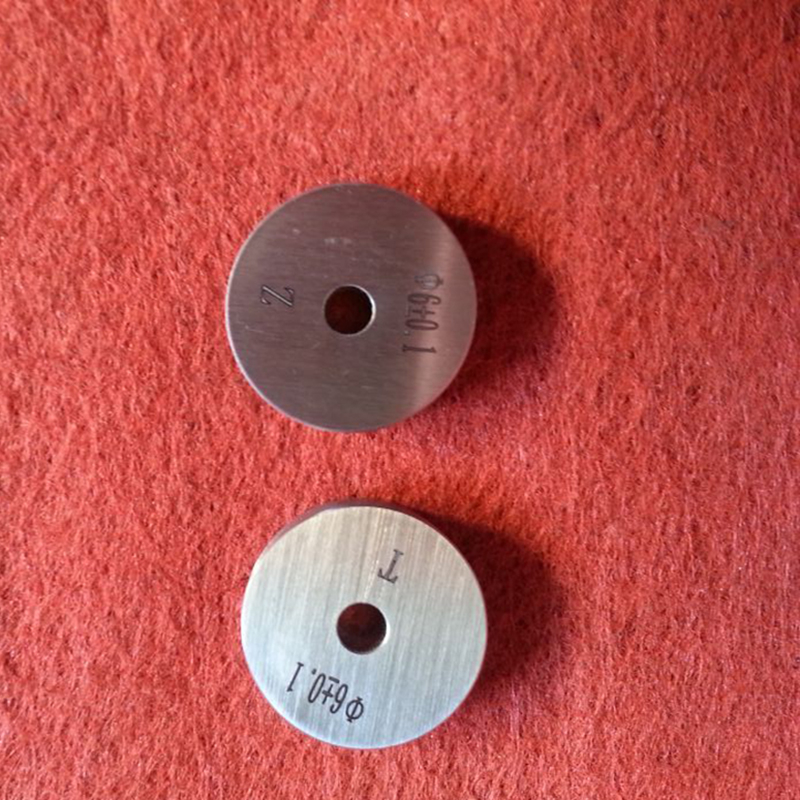Sep . 17, 2024 01:00 Back to list
Build Your Own Welding Table
Building a Welding Table A Comprehensive Guide
Building a welding table is an essential project for any metalworker or DIY enthusiast. A sturdy welding table not only provides a dedicated workspace but also enhances precision and safety while working on various projects. In this article, we will outline the steps to create an effective welding table that meets your specific needs.
Step 1 Planning and Materials
Before diving into construction, proper planning is crucial. Consider the size, height, and design of your welding table. A standard height for a welding table is around 34 to 36 inches, which is comfortable for most users. The size may vary depending on your workspace and the types of projects you plan to work on.
Common materials for building a welding table include
- Steel Tubing For the frame and legs, steel tubing provides strength and stability. - Steel Plate A thick steel plate serves as the surface, offering durability and heat resistance. - Caster Wheels If mobility is needed, caster wheels can be added to the legs for easy movement.
Step 2 Cutting the Materials
Once you’ve gathered your materials, measure and cut them according to the desired dimensions. A typical welding table consists of a rectangular frame with supporting crossbars. The tabletop should be made from a heavy steel plate, typically around 1/4 to 1/2 inch thick. Ensure that all cuts are straight and accurate for proper assembly.
Step 3 Assembling the Frame
building a welding table

Start assembling the frame by welding the steel tubing together. Begin with the outer frame and then add crossbars for additional support. It’s essential to ensure that the frame is square; otherwise, it may result in an uneven tabletop. After the frame is welded together, grind down any sharp edges to ensure safety during use.
Step 4 Attaching the Top
Once the frame is complete, it’s time to attach the steel plate. Center the plate on top of the frame and secure it in place using welds. Ensure that the plate is flush with the edges of the frame for a neat finish.
Step 5 Finishing Touches
After the tabletop is secured, consider adding features that enhance functionality. This could include
- Vise Mounts These are invaluable for holding pieces securely during welding or cutting. - Magnetic Tool Holders These can help keep your tools organized and within reach. - Workbench Lighting Good lighting will improve visibility and accuracy while working.
Conclusion
Building a welding table is a rewarding project that enhances your workspace and makes welding tasks more manageable and efficient. By following these steps and customizing your design to suit your needs, you can create a sturdy and functional table that will serve you for years to come. With the right tools and materials, you'll not only improve your welding skills but also enjoy the satisfaction of crafting your workspace from scratch. Happy welding!
-
Why Metric Trapezoidal Thread is Ideal for Precision Motion ControlNewsAug.05,2025
-
The Unique Properties of a Block of Granite for Industrial UseNewsAug.05,2025
-
The Role of Flanged Y Strainers in Preventing Pipeline ClogsNewsAug.05,2025
-
The Importance of Regular Calibration for Master Ring GagesNewsAug.05,2025
-
How a Cast Iron Surface Table Enhances Accuracy in ManufacturingNewsAug.05,2025
-
Comparing Different Check Valve Types for Optimal Flow ControlNewsAug.05,2025
Related PRODUCTS









